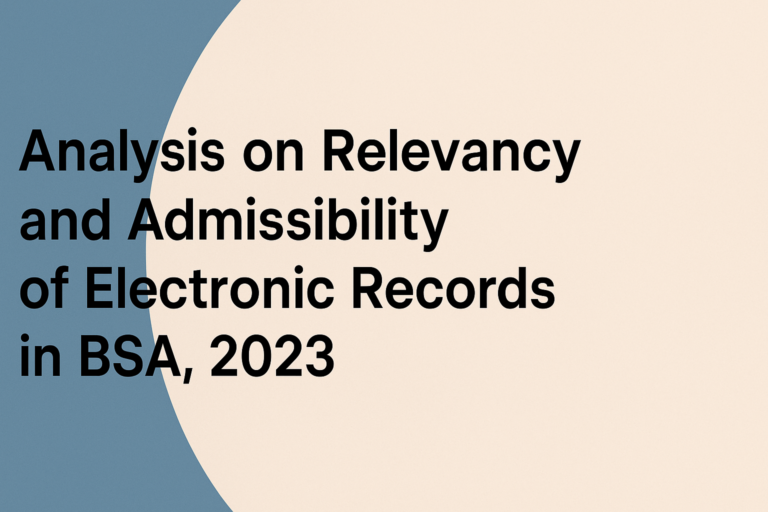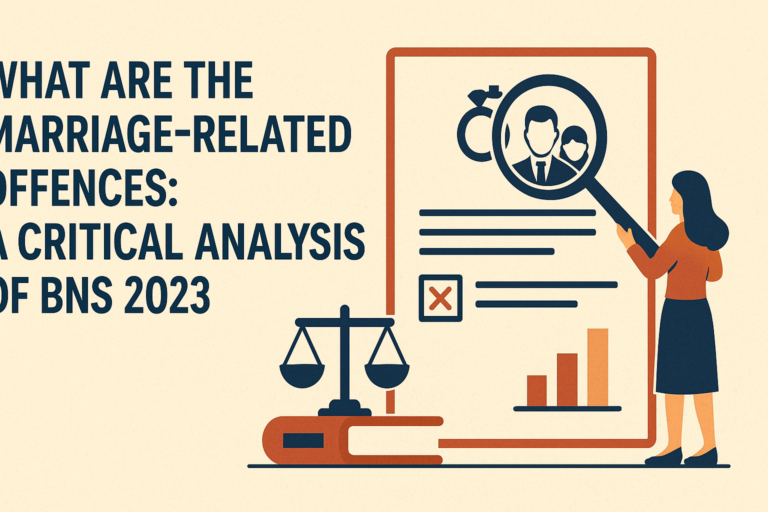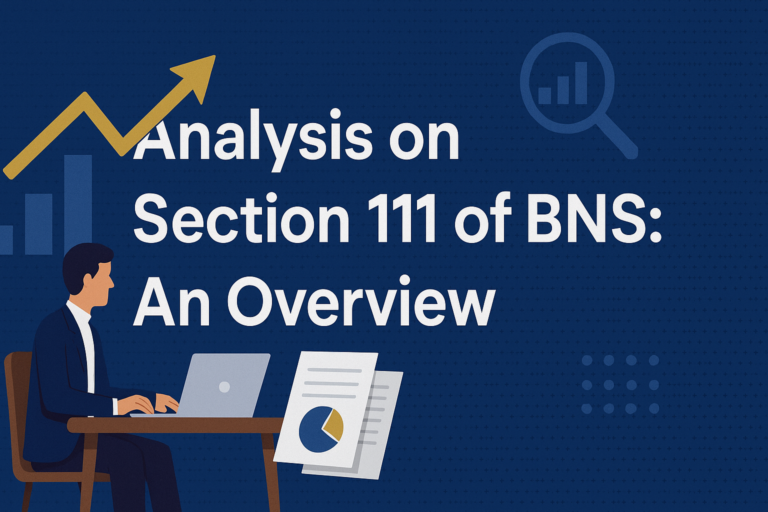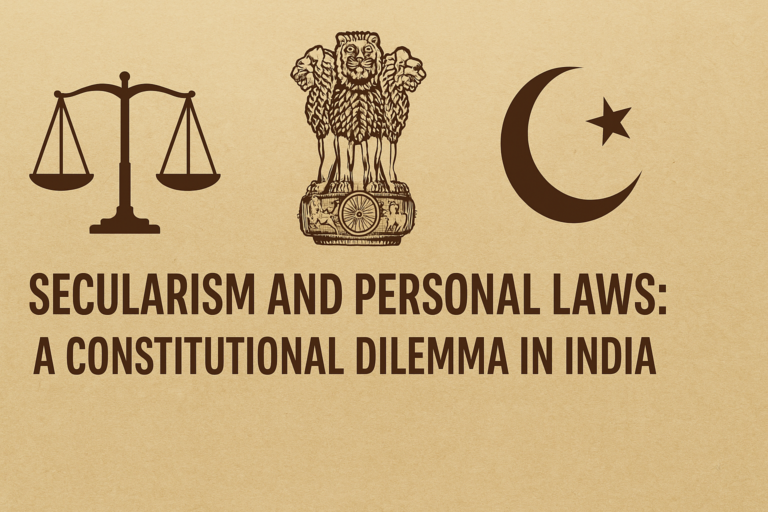
This article has been written by Maneta Milton, 5th year law student from Alliance university, Banglore.

Introduction
Marine pollution is a major environmental concern that endangers ecosystems, human health, and global economy. It includes many types of pollution, such as oil spills, chemical waste discharge, plastic debris, and sewage dumping. Marine pollution has far-reaching impacts, harming marine life, coastal communities, and the global biodiversity. This article examines the causes and consequences of maritime pollution, as well as the legal frameworks and methods for determining culpability in pollution accidents. Understanding these issues is critical for reducing environmental damage and keeping guilty parties accountable.[1]
Howdy, you all! Welcome to your page of knowledge. You will find different legal blogs, the latest news, current affairs, and many more on this channel. This is the initiative to develop the knowledge of the law in the world, especially for you.
Causes and Effects of Marine Pollution:
Marine pollution is caused by a wide range of activities, both on land and at sea. Industrial discharges, agricultural runoff, poor waste management, and marine transportation are among the leading causes. Oil spills caused by ship accidents or offshore drilling rigs are a particularly severe kind of pollution that have disastrous repercussions for marine ecosystems. The effects of marine contamination are widespread and diverse. Pollution endangers marine biodiversity by destroying habitats, reducing species diversity, and disrupting ecosystems. Contaminants can build up in the food chain, eventually harming human health through the ingestion of contaminated seafood. Marine pollution has a negative impact on coastal economy, including tourism, fishing, and coastal infrastructure. Furthermore, the presence of plastic litter in the water can have economic consequences, including harm to marine ecosystems, coastal tourism, and fisheries. Cleaning up and reducing the effects of the Great Pacific Garbage Patch will need enormous resources and international collaboration. The issue surrounding the Great Pacific Garbage Patch is a sad reminder of the ubiquitous problem of plastic pollution in today’s oceans. [2]The Great Pacific Garbage Patch is an enormous mass of marine garbage in the North Pacific Ocean, mostly made up of floating plastic rubbish. It is projected to span an area larger than Texas and has become a symbol of the worldwide plastic pollution epidemic. The problem is aggravated by the accumulation of plastic garbage from many sources, such as coastal runoff, maritime boats, and poor waste management techniques. The Great Pacific Garbage Patch is mostly caused by people’ inappropriate dumping of plastic items. This includes single-use plastics like bottles, bags, and packaging, which frequently wind up in rivers and seas owing to insufficient waste management infrastructure, littering, and poor recycling procedures. Micro plastics, which are microscopic plastic particles formed by the decomposition of bigger plastic objects, as well as microbeads from personal care products, contribute to marine pollution. The accumulation of plastic trash in the Great Pacific Garbage Patch has several negative consequences for marine life, ecosystems, and public health. Seabirds, fish, turtles, and marine mammals can consume or become entangled in plastic trash, causing damage, asphyxia, and death. Ingestion of plastics can also cause internal injuries, obstructions, and impair the animal’s ability to eat and digest efficiently. Furthermore, plastic garbage in the Great Pacific Garbage Patch breaks down into tiny particles over time, contaminating the marine food chain. Micro plastics have been discovered in fish ingested by people, raising worries about the possible health dangers linked with eating plastic-contaminated food. To address this issue, global, regional, and local governments must work together to reduce plastic use, improve waste management methods, and promote long-term alternatives to single-use plastics. By adopting proactive steps to reduce marine pollution, we can conserve marine ecosystems, biodiversity, and future generations’ health and well-being.[3]
Legal Frameworks for Marine Pollution Liability:
Liability for maritime pollution incidents is governed by international agreements and national rules with the goal of preventing pollution, ensuring adequate response measures, and compensating for damages. The International Maritime Organisation (IMO) is a key player in formulating legislation and standards for preventing and controlling marine pollution from ships. The International Convention for the Prevention of Pollution from Ships (MARPOL) is a key legal instrument that defines rules for ship-generated pollutants such as oil, chemicals, sewage, and waste. MARPOL also defines the accountability and compensation systems for oil pollution damage established by the International Convention on Civil accountability for Oil Pollution Damage (CLC) and the International Oil Pollution Compensation Funds. In addition to international accords, several nations have passed national legislation to combat marine pollution and establish accountability systems for pollution events that occur inside their territorial seas. These laws frequently impose strict responsibility on polluters, forcing them to shoulder the expenses of clean-up, compensation, and restoration.[4]
The CLC provides a responsibility framework for oil contamination caused by ships. It holds ship-owners strictly liable for oil pollution from their vessels and requires them to have insurance or other financial security to satisfy their liabilities. Many nations, particularly those in the European Union, have adopted the CLC into their national legislation. International Convention to Establish an International Fund for Compensation for Oil Pollution Damage (FUND), The FUND Convention supplements the CLC by providing extra compensation to victims of oil pollution in cases when the ship owner’s obligation is inadequate. It creates an international fund supported by payments from oil importers and specifies processes for seeking reimbursement from it. Oil Pollution Act of the United States, which was passed in reaction to the 1989 Exxon Valdez oil disaster, makes vessel owners and operators fully accountable for any damages and expenses associated with cleaning up oil pollution in U.S. waters. It creates the Oil Spill Liability Trust Fund to offer extra compensation for damages beyond the responsible party’s resources and mandates that boats operating in U.S. waters have adequate financial backing to meet any liabilities Directive 2009/123/EC of the European Union Concerning Civil Liability and Financial Security for Oil Pollution ,By requiring ship-owners to hold insurance or other forms of financial security to cover their liability for pollution damage, this regulation creates a regime of liability for oil pollution damage in EU seas. It also specifies minimum insurance criteria and processes to ensure that victims of oil contamination receive fast and appropriate compensation. The International Convention for the Prevention of Pollution from Ships (MARPOL) is the primary international convention addressing maritime pollution from ships. It establishes restrictions to avoid pollution from oil, chemicals, sewage, and other hazardous material released into the sea. MARPOL provides measures for accountability and compensation for pollution damage caused by a violation of its rules. These examples show how governments and international organisations have created legal frameworks to handle maritime pollution responsibility, discourage reckless behaviour, and assure timely and appropriate compensation for environmental harm.
Challenges and future directions:
Despite the presence of legal frameworks, there are still problems to successfully tackling marine pollution and holding polluters accountable. Enforcement measures may be insufficient, and regulatory loopholes might allow polluters to avoid accountability. Furthermore, the transboundary nature of marine pollution hampers regulatory efforts, necessitating global collaboration and coordination. Moving forward, improving preventive, response, and enforcement strategies is critical to reducing the dangers and effects of marine pollution.
Strengthening international collaboration, enhancing monitoring and surveillance technology, and encouraging sustainable behaviours are all critical steps towards cleaner and healthier sea. One key barrier to mitigating marine pollution is a lack of effective enforcement tools and regulatory frameworks. Despite the presence of international convention and national laws aimed at reducing pollution and holding polluters accountable, implementation remains a significant challenge. Many regulatory bodies lack the resources, jurisdiction, and political will to adequately monitor and enforce environmental regulations.
Furthermore, the transboundary aspect of marine pollution hampers enforcement efforts since contamination can come from various sources and transcend international borders, making it difficult to assign blame and implement legislation across countries. The lack of resources and reaction capability to deal with pollution problems when they arise is another problem. To reduce environmental harm and safeguard human health, quick and well-coordinated action is necessary to pollution incidents such as oil spills and chemical leaks. Nevertheless, many areas lack the resources—finance, skilled labour, and equipment—needed to implement efficient response operations. Because of this, pollution-related occurrences can get worse and threaten coastal populations and marine ecosystems in the long run. Anticipating forward, these issues will call for a multifaceted strategy that includes fortifying legal frameworks, bolstering enforcement tools, and expanding reaction capacities. This involves making investments in strategies to avoid pollution, such endorsing eco-friendly behaviours and cutting pollution at its source.
Additionally, enhanced international collaboration and coordination are required to manage transboundary contamination and implement cross-border restrictions. Furthermore, investing in research and innovation is critical for creating better pollution monitoring and response technology. This includes remote sensing capabilities, predictive modelling approaches, and sophisticated clean-up technology that will help us detect, track, and reduce pollution occurrences in real time. Overall, resolving the difficulties of marine pollution necessitates a collaborative effort by governments, industries, civil society organisations, and the international community. We can reduce the effects of marine pollution and ensure the health and integrity of our oceans for future generations by collaborating to strengthen regulatory frameworks, improve response capabilities, and promote sustainable behaviours.
Conclusion:
Marine pollution creates substantial environmental, economic, and social concerns that require extensive legal frameworks as well as effective preventive, response, and responsibility strategies. We can reduce the effects of marine pollution and protect the health and integrity of our seas for future generations by addressing the underlying causes of pollution, improving regulatory procedures, and encouraging sustainable behaviours.
[1] <https://www.unep.org/topics/ocean-seas-and-coasts/regional-seas-programme/marine-pollution> accessed on April1 2024
[2] <https://education.nationalgeographic.org/resource/marine-pollution/> accessed on March 31 2024
[3]< https://www.mcsuk.org/ocean-emergency/ocean-pollution/> accessed on April1 2024
[4] < https://unctad.org/system/files/official-document/dtltlb20114_en.pdf > accessed on March 28 2024







